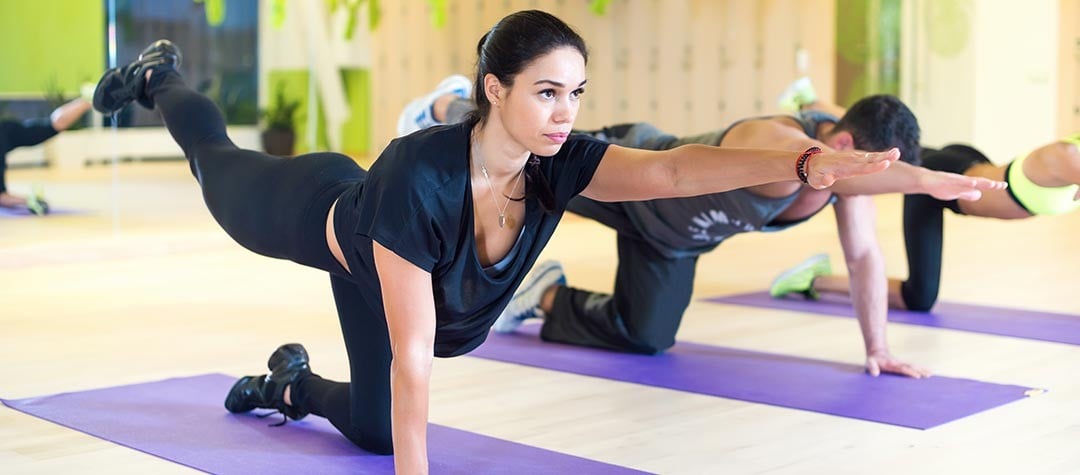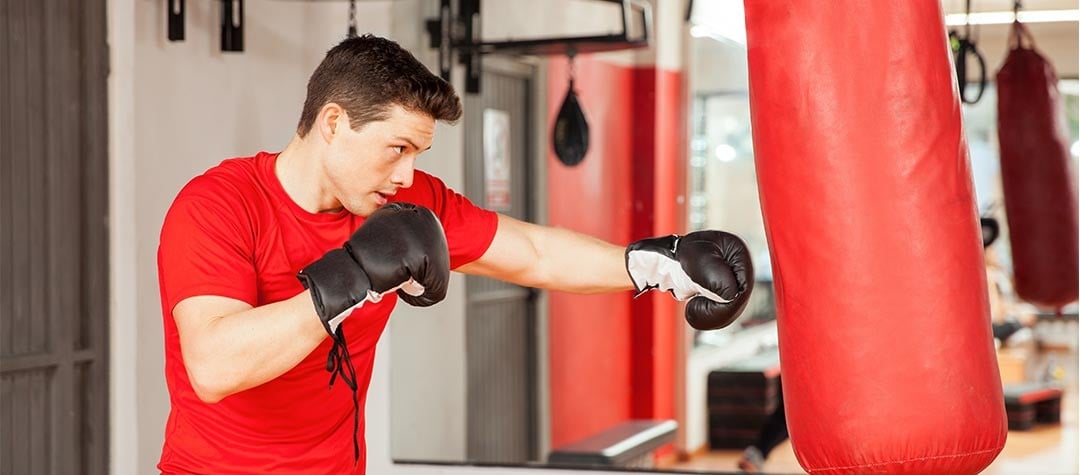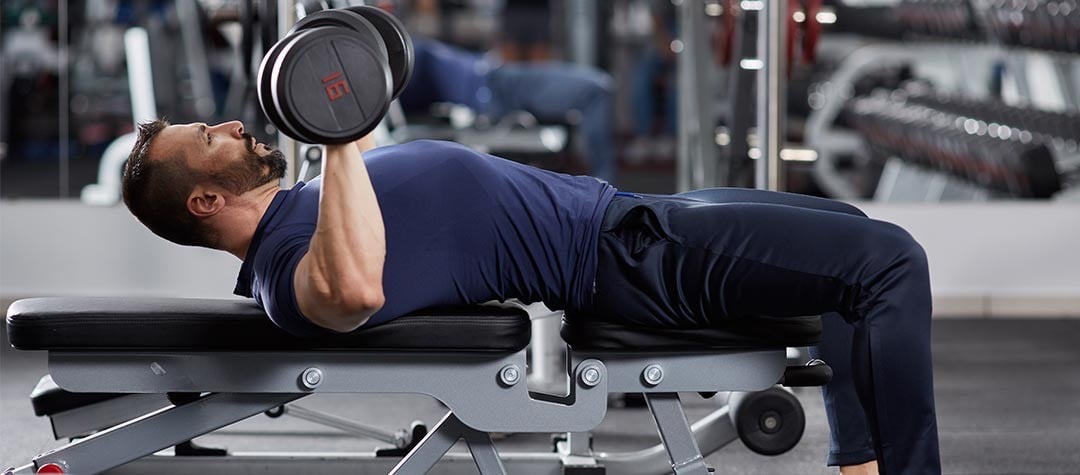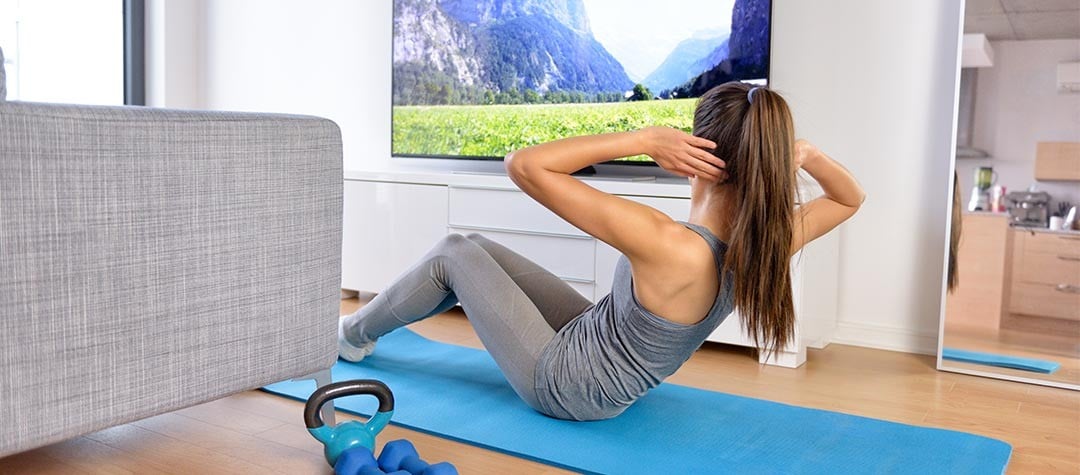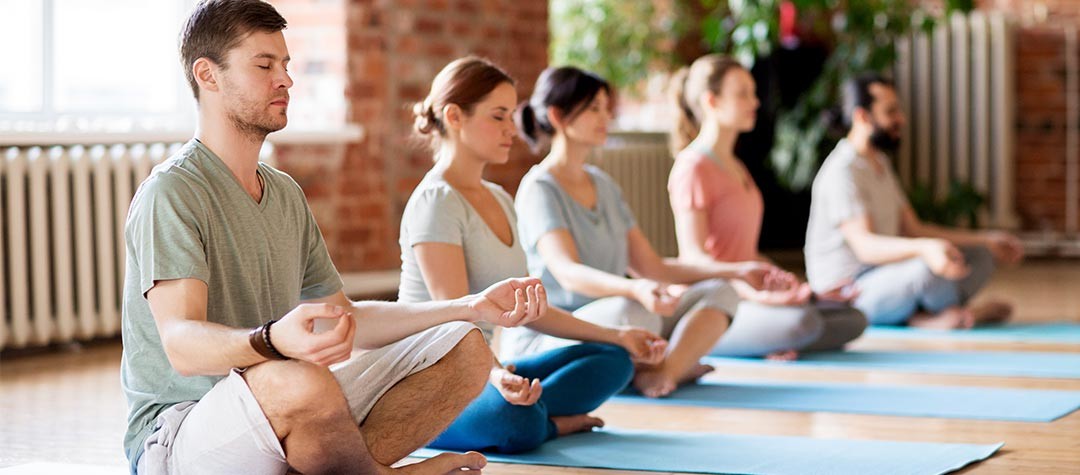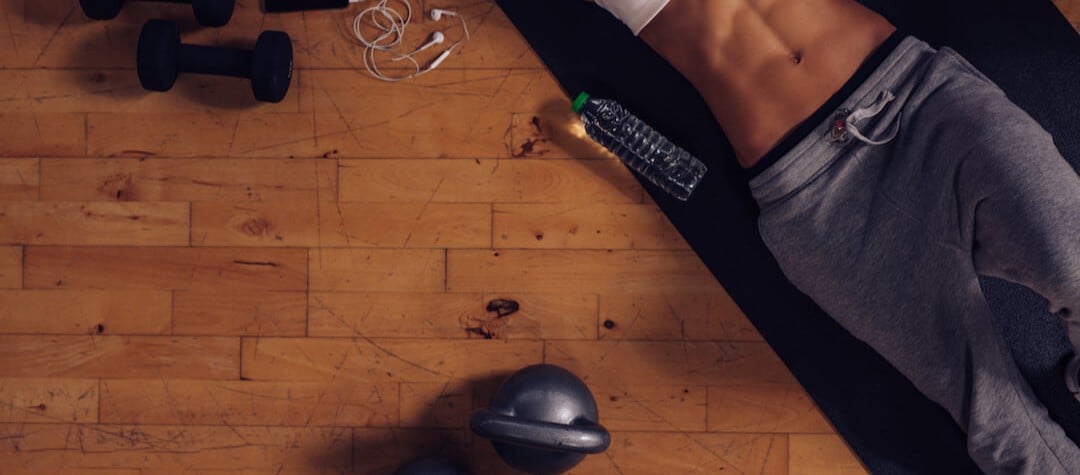The technique of Pilates is underpinned by eight principles; relaxation, concentration, co-ordination, alignment, breathing, flowing movements, centreing and stamina.
The ‘thinking way of moving’ includes always being aware of breathing and postural alignment, and is especially concerned with engaging the core postural muscles, (the ‘powerhouse’) in the pelvic floor and torso, before any outward movement takes place. Visualisation may be used to connect with a clear and focused intention to guide and assist carefully controlled, flowing movement.
The eight principles of Pilates which are the foundations of all the movements have been described as:
Relaxation
By learning to relax more deeply you avoid undue tension; it is particularly when muscles are overly tense or straining that you risk injury. However ‘relaxation’ is not the same as ‘blobbing out’ or letting go completely; just as the word ‘comfortable’ has roots meaning ‘with strength’, (forte), in Pilates the secret is to use just the right amount of effort, not too much or too little, in a relaxed, focused and attentive way, adjusting to the needs of the moment.
Concentration
Friedrich von Schiller, the German poet, philosopher, historian, and playwright said, ‘It is the mind itself which builds the body.’ It is in our mind that our physical movement begins, usually by an unconscious process of imagining the movement we want to make. In Pilates, we learn a kind of re-conditioning of that process, using visualizations that help us to move in ways that are more beneficial to our body’s natural needs for stretching and wholeness. We also practice greater body awareness, becoming able to focus on what each part of the body is doing at any particular time. Like learning to ride a bike, with practice this improved concentration and way of moving can become like second nature, so we don’t need to make such an effort to ‘think about it’ anymore, our body just knows a better way to move.
Co-ordination
Pilates slows us down so that we can begin to be more aware of the messages being sent back to our brain through the sensory nerves, what is our spine doing, our feet, arms, neck, head, torso, breath, and so on in detail!, where did they move from, where are they going, etc. It takes practice, and Pilates instruction can seem complex and challenging at first as there are so many things to be aware of, for example: ‘zipping in’, pulling up, breathing out, stretching, relaxing, different parts of the body all at once. However, it can be very worthwhile and satisfying to improve co-ordination, and the ease and control gained can increase confidence and reduce stress in all areas of life.
Alignment
Pilates works with aligning the body in a way that protects and supports the whole system of the bone structure and internal organs in a healthy way. Lynne Robinson and Gordon Thompson describe succinctly the repercussions of misalignment:
“The body is a closed system, if one part of it is out of alignment, then the whole structure is altered. Imagine a building with foundations that are uneven. Its stability will obviously be affected. But so too will all the internal workings, the plumbing, the electricity, the plastering, etc. Your general health and well-being are affected by your posture.”
Pilates makes an essential contribution to well-being and appearance by directly addressing healthy posture.
Breathing
‘Right breathing’ in Pilates involves breathing fully into an expanding chest and laterally expanding ribcage (rather than shallow breathing with the breastbone lifting too high). This is ‘thoracic’ breathing, rather than ‘abdominal’ breathing, as in Pilates the core abdominal muscles are often contracted holding the body’s central stability and strength. The rhythm of the breathing flows naturally, and you prepare to move on the in-breath and make the movement on the out-breath.
Flowing movements
“The attainment and maintenance of a uniformly developed body with a sound mind, fully capable of naturally, easily and satisfactorily performing our many and varied daily tasks with spontaneous zest and pleasure.” Joseph Pilates’ definition of physical fitness.
Every movement in Pilates should be unhurried, controlled by relaxed concentration and without excess tension or any jerkiness. Smoothly flowing, allowing the body to relax into movement, releasing trapped emotions along the way and rediscovering the feeling of a fuller range of the body’s kinesthetic possibilities. Opening gently to a relaxed sense of spontaneous freedom.
Centreing
Joseph Pilates called the abdominal muscles a ‘girdle of strength’. They criss-cross the torso in layers and form natural protection for the spine and internal organs. (In Tai Chi too the center is in the ‘dan-tien’ – just below the navel, at the body’s center of gravity.) ‘Centring’ involves focussing attention in the lower abdominals, the navel and below and drawing them upwards and inwards, towards the spine. This is the starting point for most Pilates exercises, awakening the core postural muscles before any outer movement.
Stamina
Endurance is increased with practice, as exercises become more familiar to the body and mind, slowly stamina increases, the core postural muscles especially become stronger, and movements that once seemed tiring and difficult will seem easy and like second nature. The attitude of balancing relaxation with effort and concentration in Pilates can also spread out, giving you more stamina in other aspects of your life.

